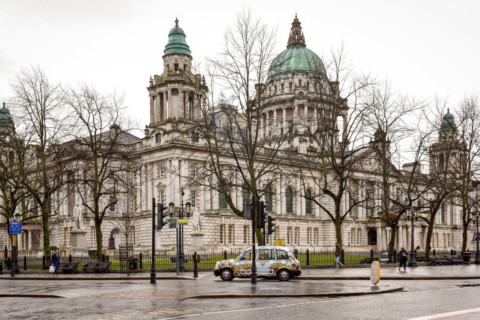
The sun arrived in the United Kingdom last week and with it the advent of absolute joy. The sullen masses in this part of the world were awash with newfound life and hope as the clouds and hues of grey finally disappeared, restoring order to the earth and the long-awaited seasonal change. Suddenly, there were birds singing, flowers boasting their beauty; the flourish of colour beckoning bees to their rightful place, and in the evening, a crescent moon peeked out of the sky, smiling at the grateful recipients of its silvery glow.
It has felt like winter forever. Memories of ice and snow are still as fresh as the bruised bottoms of their victims. It’s a terrifying reminder that we’re in control of precious little and that the weather has us in its icy grip. And it’s scary how much the weather can affect us — not to mention the fact that many of us still haven’t come to terms with a future climate change, unless we do something about it.
Our moods are significantly affected by the weather. We as a species can suffer from Seasonal Affective Disorder (SAD), which is a type of depression that some people experience due to the gloomy weather during the winter months. It’s treated with light therapy and sometimes medication if symptoms are severe. Most of us have felt a bit down about the weather at one time or another, but to have a medical condition is something else. The condition is connected to the lack of light over the winter and autumn months, and can affect anyone. It could be an evolutionary phenomenon. Perhaps our bodies and minds are better suited for the sun because our ancestors moved out of warmer climes so fast, and we in the cooler climes haven’t yet adjusted? Or maybe it’s a chemical in the brain that needs the sun to kick start it and if it doesn’t, can cause depression.
All I know is that the happiness felt by people in the streets during those glorious beaming days was palpable. Human beings; neighbours, family members and strangers who would normally scorn at people for walking too close to them or taking their seat on the train smiled and greeted each other with the fervour of a person realising the beauty of life for the first time. Motorists who would usually curse other drivers under their breath for cutting them off on the road waved to bemused pedestrians, bus drivers and even taxi drivers. People, myself included, sang, in cars, music blaring beyond the confines of their windscreens; rock ballads, dance, pop and country — a cacophony of carolling cars. It was glorious.
The sun heralded a complete change of behaviour for many and a new lease of life for all. The outside world was transformed from a place of fear and freezing temperatures, to a world of endless opportunity; barbecues, beaches and beauty.
We live in a part of the world that has very few dry, sunny days, which makes us grateful for any of the rays that we can catch. But the only downside is the creeping thought that the bad weather will return. These long winters are a distinct worry. If climate change is going to bring more rain and grey days then I fear for humanity. I for one will be looking for a one-way ticket to Mars. There’s no way we as a species will last in a post-apocalyptic era of rain and ice. We may need the rain for life, but the sun makes us better people. In this part of the world, it brings back the happiness, heat and hope that have been ravaged by the winter. Long may the heatwave last.
Christina Curran is a freelance journalist based in Northern Ireland.










